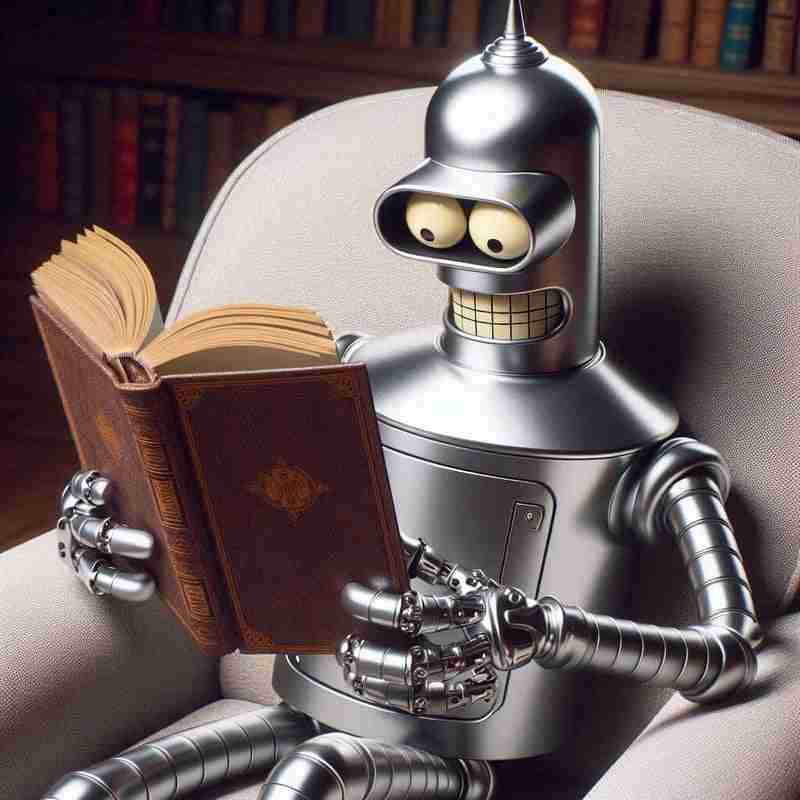 Backend Development
Backend Development
 Python Tutorial
Python Tutorial
 Unlock the Magic of Images: A Quick and Easy Guide to Using the Cutting-Edge SmolVLM-M Model
Unlock the Magic of Images: A Quick and Easy Guide to Using the Cutting-Edge SmolVLM-M Model
Unlock the Magic of Images: A Quick and Easy Guide to Using the Cutting-Edge SmolVLM-M Model
This article showcases SmolVLM-500M-Instruct, a cutting-edge, compact vision-to-text model. Despite its relatively small size (500 million parameters), it demonstrates impressive capabilities.
Here's the Python code:
import torch
from transformers import AutoProcessor, AutoModelForVision2Seq
from PIL import Image
import warnings
warnings.filterwarnings("ignore", message="Some kwargs in processor config are unused")
def describe_image(image_path):
processor = AutoProcessor.from_pretrained("HuggingFaceTB/SmolVLM-500M-Instruct")
model = AutoModelForVision2Seq.from_pretrained("HuggingFaceTB/SmolVLM-500M-Instruct")
image = Image.open(image_path)
prompt = "Describe the image content in detail. Provide a concise textual response."
inputs = processor(text=[prompt], images=[image], return_tensors="pt")
with torch.no_grad():
outputs = model.generate(
pixel_values=inputs["pixel_values"],
input_ids=inputs["input_ids"],
attention_mask=inputs["attention_mask"],
max_new_tokens=150,
do_sample=True,
temperature=0.7
)
description = processor.batch_decode(outputs, skip_special_tokens=True)[0]
return description.strip()
if __name__ == "__main__":
image_path = "images/bender.jpg"
try:
description = describe_image(image_path)
print("Image Description:", description)
except Exception as e:
print(f"Error: {e}")This script leverages the Hugging Face Transformers library to generate a textual description from an image. It loads a pre-trained model and processor, processes the image, and outputs a descriptive text. Error handling is included.
The code is available here: https://www.php.cn/link/042886829869470b75f63dddfd7e9d9d
Using the following non-stock image (placed in the project's image directory):

The model generates a description (the prompt and parameters can be adjusted for finer control): A robot, seated on a couch, is engrossed in reading a book. Bookshelves and a door are visible in the background. A white chair with a cushion is also in the scene.
The model's speed and efficiency are noteworthy compared to larger language models.
The above is the detailed content of Unlock the Magic of Images: A Quick and Easy Guide to Using the Cutting-Edge SmolVLM-M Model. For more information, please follow other related articles on the PHP Chinese website!

Hot AI Tools

Undresser.AI Undress
AI-powered app for creating realistic nude photos

AI Clothes Remover
Online AI tool for removing clothes from photos.

Undress AI Tool
Undress images for free

Clothoff.io
AI clothes remover

AI Hentai Generator
Generate AI Hentai for free.

Hot Article

Hot Tools

Notepad++7.3.1
Easy-to-use and free code editor

SublimeText3 Chinese version
Chinese version, very easy to use

Zend Studio 13.0.1
Powerful PHP integrated development environment

Dreamweaver CS6
Visual web development tools

SublimeText3 Mac version
God-level code editing software (SublimeText3)

Hot Topics
 1376
1376
 52
52
 How to solve the permissions problem encountered when viewing Python version in Linux terminal?
Apr 01, 2025 pm 05:09 PM
How to solve the permissions problem encountered when viewing Python version in Linux terminal?
Apr 01, 2025 pm 05:09 PM
Solution to permission issues when viewing Python version in Linux terminal When you try to view Python version in Linux terminal, enter python...
 How to efficiently copy the entire column of one DataFrame into another DataFrame with different structures in Python?
Apr 01, 2025 pm 11:15 PM
How to efficiently copy the entire column of one DataFrame into another DataFrame with different structures in Python?
Apr 01, 2025 pm 11:15 PM
When using Python's pandas library, how to copy whole columns between two DataFrames with different structures is a common problem. Suppose we have two Dats...
 What are some popular Python libraries and their uses?
Mar 21, 2025 pm 06:46 PM
What are some popular Python libraries and their uses?
Mar 21, 2025 pm 06:46 PM
The article discusses popular Python libraries like NumPy, Pandas, Matplotlib, Scikit-learn, TensorFlow, Django, Flask, and Requests, detailing their uses in scientific computing, data analysis, visualization, machine learning, web development, and H
 How to dynamically create an object through a string and call its methods in Python?
Apr 01, 2025 pm 11:18 PM
How to dynamically create an object through a string and call its methods in Python?
Apr 01, 2025 pm 11:18 PM
In Python, how to dynamically create an object through a string and call its methods? This is a common programming requirement, especially if it needs to be configured or run...
 How does Uvicorn continuously listen for HTTP requests without serving_forever()?
Apr 01, 2025 pm 10:51 PM
How does Uvicorn continuously listen for HTTP requests without serving_forever()?
Apr 01, 2025 pm 10:51 PM
How does Uvicorn continuously listen for HTTP requests? Uvicorn is a lightweight web server based on ASGI. One of its core functions is to listen for HTTP requests and proceed...
 How to teach computer novice programming basics in project and problem-driven methods within 10 hours?
Apr 02, 2025 am 07:18 AM
How to teach computer novice programming basics in project and problem-driven methods within 10 hours?
Apr 02, 2025 am 07:18 AM
How to teach computer novice programming basics within 10 hours? If you only have 10 hours to teach computer novice some programming knowledge, what would you choose to teach...
 How to handle comma-separated list query parameters in FastAPI?
Apr 02, 2025 am 06:51 AM
How to handle comma-separated list query parameters in FastAPI?
Apr 02, 2025 am 06:51 AM
Fastapi ...
 What are regular expressions?
Mar 20, 2025 pm 06:25 PM
What are regular expressions?
Mar 20, 2025 pm 06:25 PM
Regular expressions are powerful tools for pattern matching and text manipulation in programming, enhancing efficiency in text processing across various applications.



